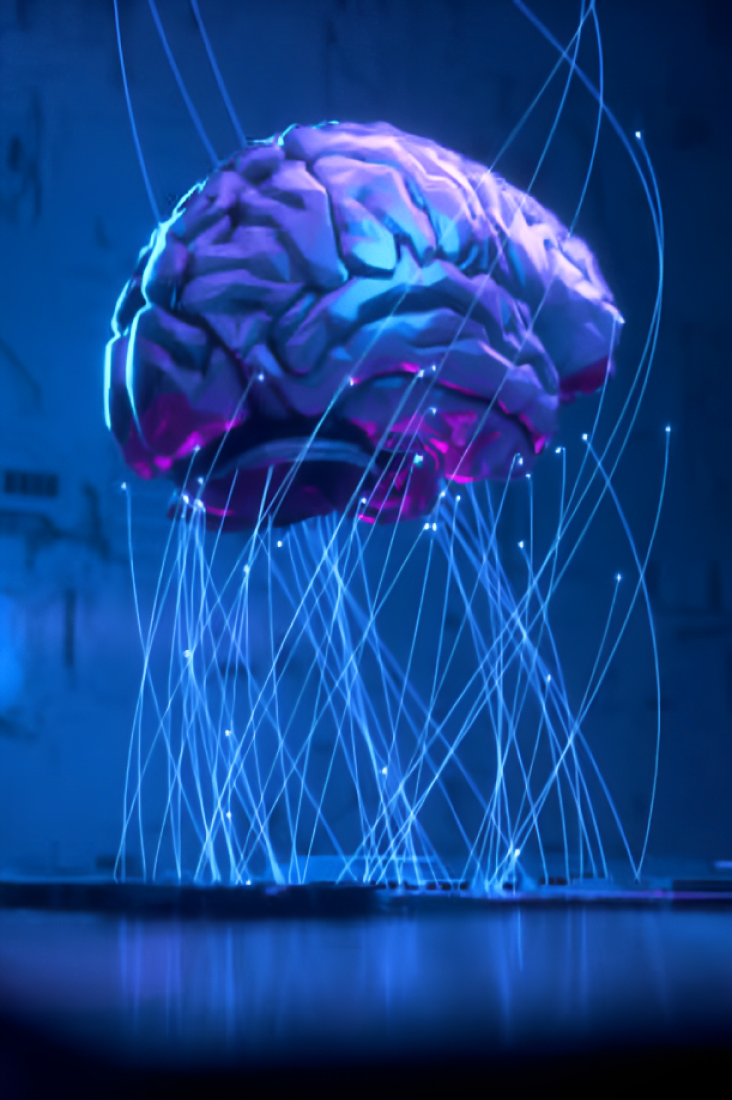The Future of Photoshop: Embracing AI and Machine Learning
In recent years, the rapid advancements in artificial intelligence and machine learning have paved the way for significant transformations across various industries. One field that stands to undergo a profound change is graphic design, particularly the popular software application Photoshop. This article explores the potential future of Photoshop and how AI and ML technologies could revolutionize the way we edit and enhance images.
AI and ML have made remarkable strides in recent times, enabling computers to perform complex tasks that were once reserved for human intelligence. In the realm of image editing, these technologies have demonstrated the ability to automate and enhance various aspects of the process. From intelligent object selection to automatic retouching, AI algorithms have proven their worth in simplifying and expediting image manipulation tasks. With such advancements, it's not far-fetched to envision a future where AI and ML take center stage in image editing, potentially replacing traditional methods and tools like Photoshop.
One of the key areas where AI and ML have made significant headway is in automating editing and enhancement processes. These technologies can analyze vast amounts of data and learn from patterns, enabling them to apply intelligent algorithms to enhance images. For instance, AI-powered algorithms can automatically adjust brightness, contrast, and color balance, optimizing images with minimal user input. Similarly, ML algorithms can identify and remove unwanted objects or imperfections, streamlining the editing workflow.
AI and ML can learn from human preferences and style, allowing them to mimic specific editing techniques and reproduce desired visual effects. By analyzing a vast repository of professionally edited images, these algorithms can identify and apply similar edits to achieve consistent and aesthetically pleasing results. This level of automation not only saves time for designers but also opens up new creative possibilities.
Apart from automating editing tasks, AI and ML can also serve as valuable assistants to designers by providing intelligent suggestions and recommendations. In the future, Photoshop could integrate AI-powered features that analyze the content and context of an image, offering relevant suggestions for edits or enhancements. For example, based on an image's subject and composition, the software could recommend suitable filters, effects, or even alternative cropping options. AI can also assist in the creation of complex design elements, such as generating custom brushes, textures, or patterns based on specific input or desired styles.
The future of Photoshop extends beyond individual users and embraces collaboration and emerging technologies. AI and ML can facilitate collaborative editing by enabling real-time suggestions and feedback from multiple contributors. Additionally, the integration of augmented reality (AR) can enhance the design experience by overlaying virtual elements onto the physical environment, allowing designers to interact with their creations in more immersive ways.
The future of Photoshop lies in the seamless integration of AI and ML technologies. As these technologies continue to evolve, they have the potential to automate and enhance various aspects of image editing, simplifying workflows and unlocking new creative possibilities. While AI and ML may not completely replace Photoshop, they will undoubtedly play a vital role in shaping its future and revolutionizing the graphic design industry as a whole.
